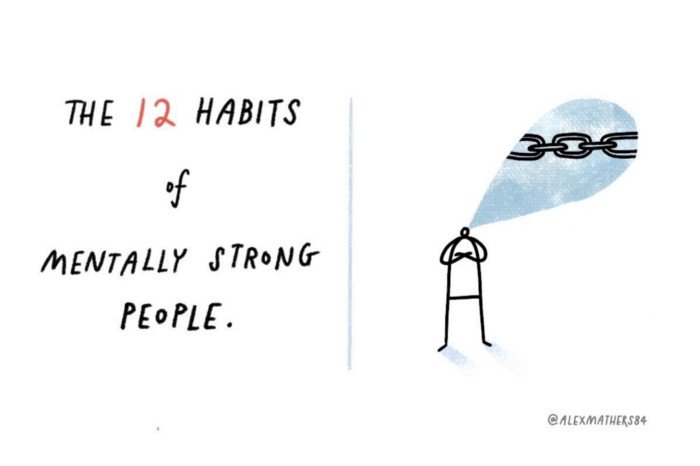The 8 fundamental habits of the calmest people
I had a great childhood, but I was quick to anger and would often throw tantrums.
This reactivity manifested as fidgety overthinking and anxiety in later life.
It took years for me to see the connection between being overly reactive and quick to judge, and the distress I’d feel as a result.
I spent many years with a goal to live a calmer life as often as I remembered to go there. I studied calm people. I learned about Zen, spirituality and Eastern wisdom.
I practised in public.
Over time, I incorporated more calm. I’m not talking about a stoned, passive calm — rather an experience of living with more ease and more at peace.
Here’s what I learned about the calmest people, and what helped me the most:
Move daily.
At least a daily 20-minute walk or the exercise equivalent. There must be movement.
Like caged animals, humans do not fair well when we are sedentary for too long.
This includes self-imposed immobility that comes from rarely leaving the comforts of one’s living room.
Conscientiously physically slower.
When we slow down our movements and even how we talk physically, which we are all capable of doing, it’s like moving down a gear or two to match the speed of the present moment.
Agitated people are often a gear or two too fast. As such, life comes at them very quickly and they have to do more to process everything.
Align with their physical needs.
Not everyone responds the same way to external stimulus and certain food types, for example.
Being a highly sensitive person (HSP), I can find stimulation overwhelming in high doses.
Through my understanding of how I respond to things like caffeine, sugar, and noisy environments, I’ve developed an awareness of what works for me. I know I drink too much caffeine for example.
It can make me more anxious than needed, but it’s a choice I’ve made. This will vary for all, so there is only so much ‘expert’ advice one can give another on this.
You know your body and how you feel.
If something repeatedly makes you anxious, decrease it.
Simple as that.
Don’t stray too far from nature.
John Muir, the naturalist, once said:
“I only went out for a walk, and finally concluded to stay out till sundown, for going out, I found, was really going in.”
He was hinting at the power of nature to remind us to be conscious and to remember that we are one with it.
Sometimes a walk in a forest is all it takes to get us out of our heads and into our bodies again.
Calm people continually nurture their bond with nature.
Don’t take things personally.
Calm people — whether they are aware of it consciously or not — regard their sense of ‘self’ loosely.
Insecure — and therefore often very wound-up — people have a vivid sense of who they ‘think’ they are.
They believe they need to defend the idea of who they are, and are easily triggered by criticism or anything that looks like an attack (which it rarely is).
Calm people see things for what they are and don’t make everything about them.
Use practical spirituality.
A lot of people associate ‘spirituality’ with a kind of blind idealism used by unrealistic, woo woo hippy types, who enjoy dressing in loose clothing.
Calm people have a sense of the forces existing beyond the material world.
They know, for example, when we are calm, creative insights come to our aid, guiding us along through life.
They are intentional about being open to this supply of energy and wisdom that stressed people are not.
Have an internal locus of control.
Calm people understand that thoughts, not circumstances, are the source of any stress or tension felt.
When we can see the mind for what it is and what it does, we can be free.
How?
Because if we know our emotions are internally generated from thoughts, we are aware of our power to navigate life with a sense of ease — regardless of the circumstances.
They are the creators, not the victims.
Choose calm.
Living life calmly isn’t always possible.
Sometimes we need to be assertive, and alert to rapidly-changing situations. But for the most part, being calm isn’t a passive act. It is intentional.
Calm people regularly commit and re-commit to the calm life. They rearrange their environments to maximise calm. They exert boundaries in their relationships to minimise stress.
They choose to act with a grace that sets in motion a positive feedback loop of wellness.
—
Get your free illustrated booklet:
If you enjoyed this, you will love my free booklet for you:
‘The 12 Habits of Mentally Strong People.’
Yours free today for a short time, when you subscribe to my newsletter.
